If you’ve ever spent a sunny summer day in Provincetown, Massachusetts, you know that it’s a bustling tourist town at the very end of Cape Cod. The main thoroughfare – Commercial Street – is lined with restaurants, shops, homes and B&Bs, all of which have a lovely view of Provincetown Harbor.
On rainy days, however, that proximity to the harbor can present a problem for the shellfish beds just off shore.
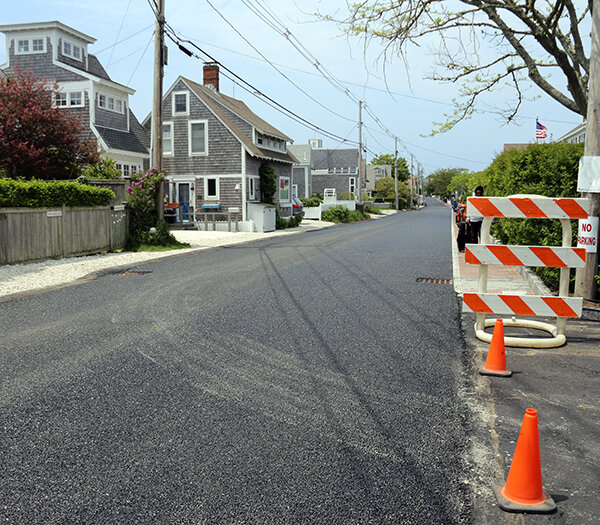

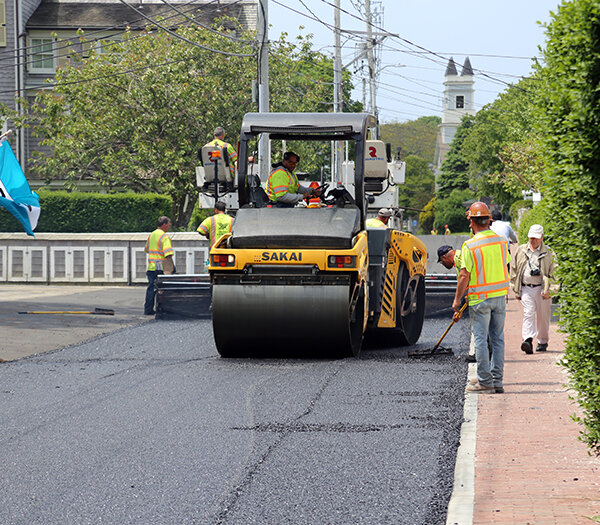
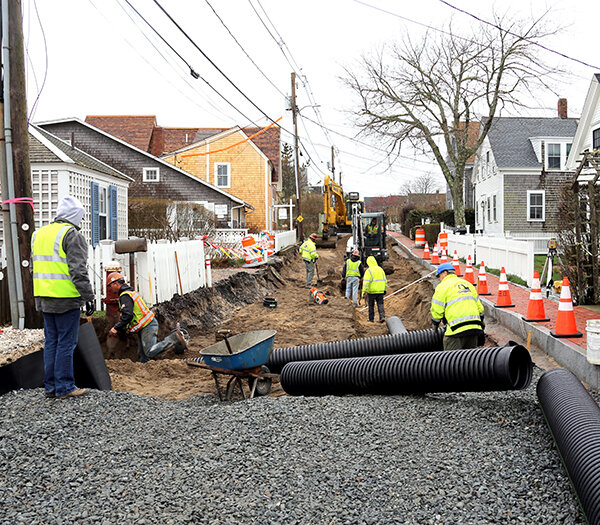
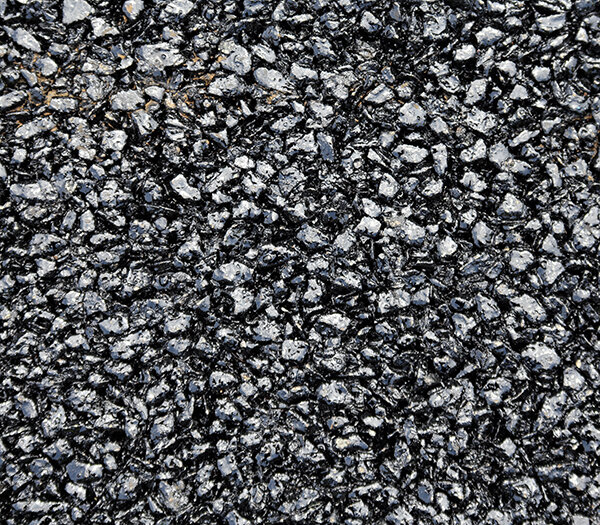
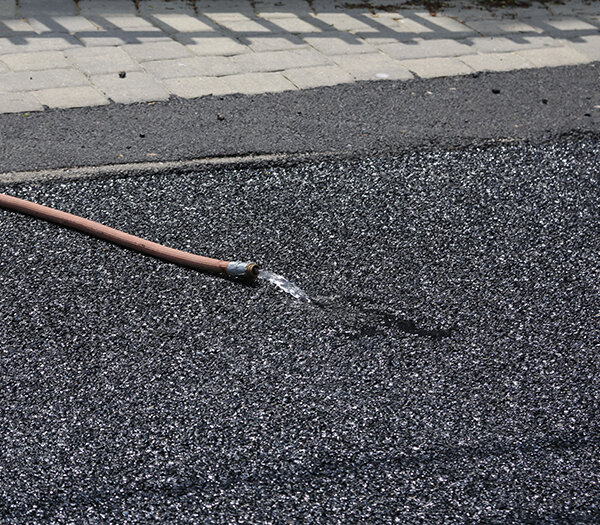
“Commercial Street, like so many of the other roads on Cape Cod, was built with traditional asphalt, which is an impermeable surface. That means the stormwater cannot run through it,” explained Russ Kleekamp, of the engineering firm GHD. “The problem is that when stormwater hits the ground and runs down the road, it runs by animal waste, trash debris and a lot of things that carry contaminants. It goes into a drain, then into one of 25 outfall pipes, which gets discharged into Provincetown Harbor. So, you're basically taking all those contaminants and putting them right out in the water.”
“There are shellfish resources in the harbor and there are swimming beaches here also, but our primary concern is the food production that comes from the shellfish,” said Stephen Spear, Soil Conservationist for the USDA Natural Resources Conservation Service.
“The issue was high bacteria counts after heavy rains,” said Stephen, adding that this has prompted state government to close the shellfish beds in such situations. “So, the idea is to reduce those number of closed days by dealing with the bacteria.”
“This is one of the resource areas that we're looking at as part of the Cape Cod Water Resources Restoration Project,” said Stephen.
In 2010, the U.S. Department of Agriculture's Natural Resources Conservation Service (NRCS), in partnership with the Cape Cod Conservation District and the Barnstable County Commissioners, began an estimated $30 million project -- known as the Cape Cod Water Resources Restoration Project -- to restore 1,500 acres of degraded salt marsh, improve fish access to 4,200 acres of spawning habitat, and improve water quality for 7,300 acres of shellfish beds over 10 years.
The Cape Cod Water Resources Restoration Project is funded through the federal Watershed Protection and Flood Prevention Program, which works with stakeholders and communities across the country to address natural resource such as erosion and sediment control, watershed protection, flood prevention, water quality improvements, and fish and wildlife habitat enhancement.
This porous pavement project in Provincetown will ultimately contribute to the restoration of the nearby aquatic ecosystem.
“We worked with our local partnerships. There's a very strong networking ensemble here on the Cape of all the 15 towns,” said Don Liptack of the Cape Cod Conservation District.
The solution that partnership came up with for Commercial Street in Provincetown was to replace the traditional asphalt with porous asphalt.
“Porous asphalt is kind of like regular asphalt,” explained Russ. “If you picture a room filled with basketballs, then you put tennis balls in the voids and then marbles in the voids and then you fill it liquid asphalt, which is the glue that holds it all together, that's regular asphalt. If you take out the marbles and the tennis balls, that's a porous asphalt. It's just a larger aggregate with larger voids and it allows the water to go right through it.”
Kleekamp pointed out that the water going through the porous asphalt must go somewhere. “You need a good sub-base that’s very permeable,” said Russ. “Provincetown basically sits on a sandbar, so it's a great complement to the surface course of porous asphalt.”
“These practices that we're implementing will reduce the bacteria that had been previously discharged directly into the harbor,” said Don. “Now, stormwater goes through a filtration process, thanks to this porous pavement, which is very unique.”
“This is the first main street that that I've heard of in Massachusetts using porous asphalt,” said Russ. “Kudos to the town of Provincetown; they volunteered to be the guinea pig. But, I think we do get a great final product here.”